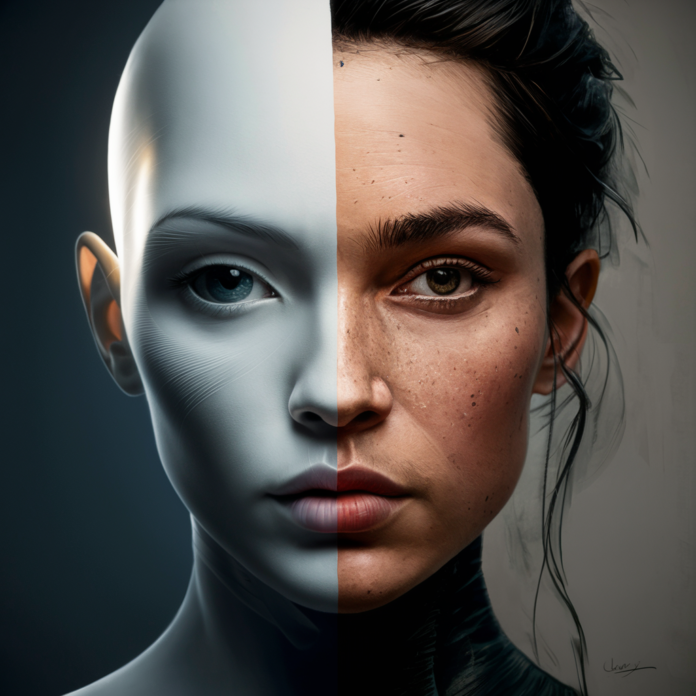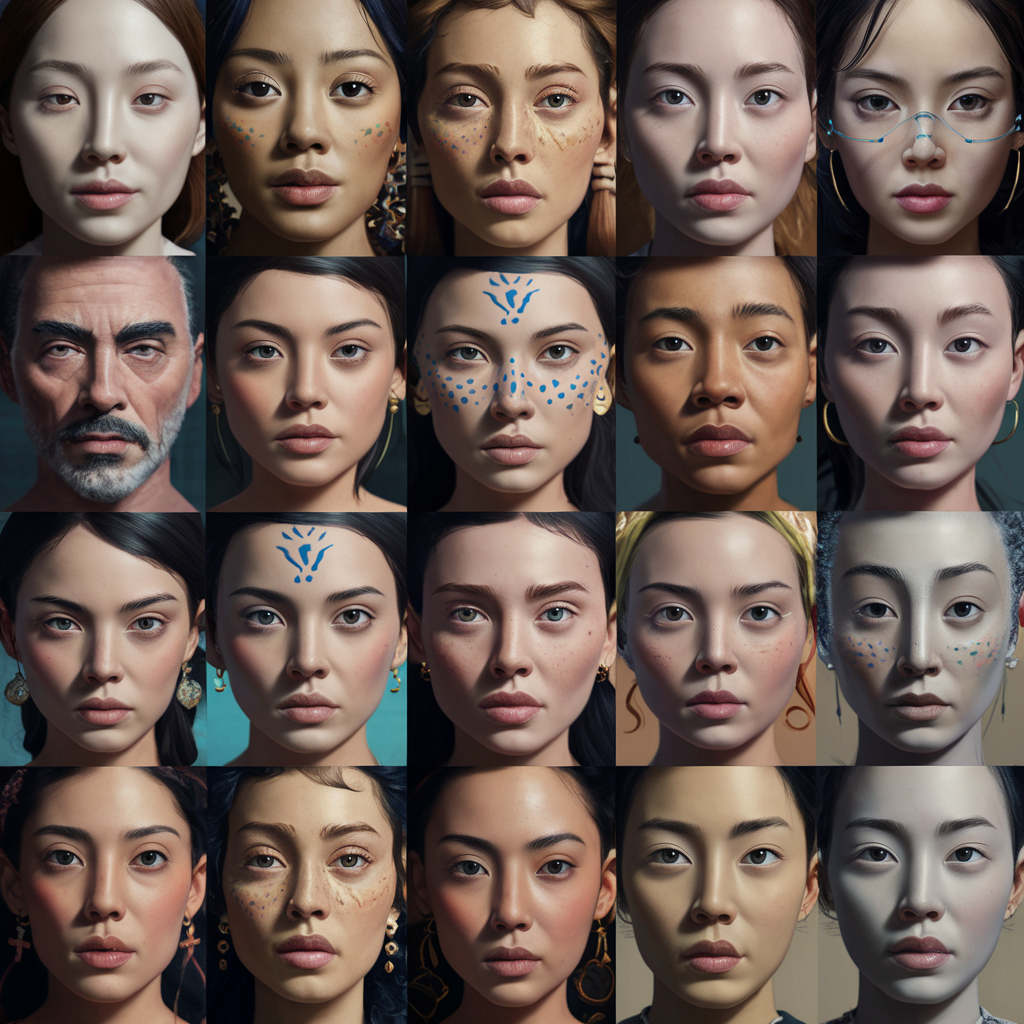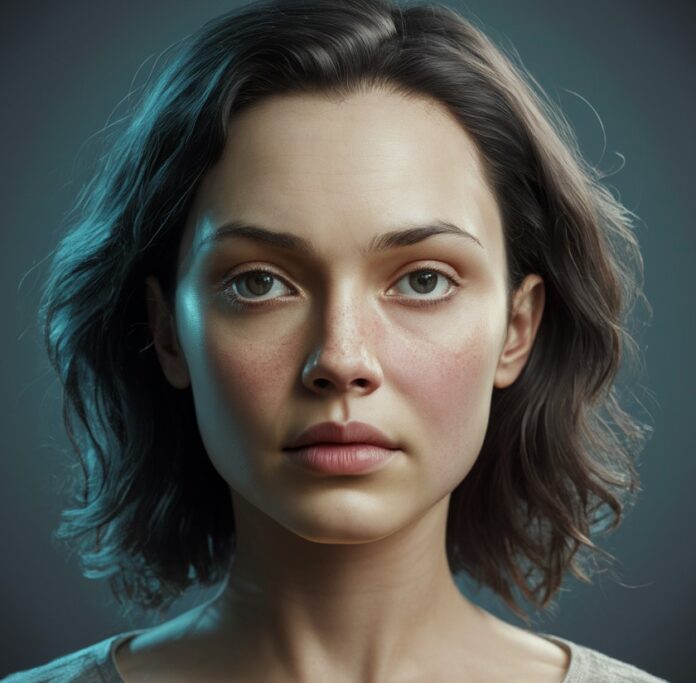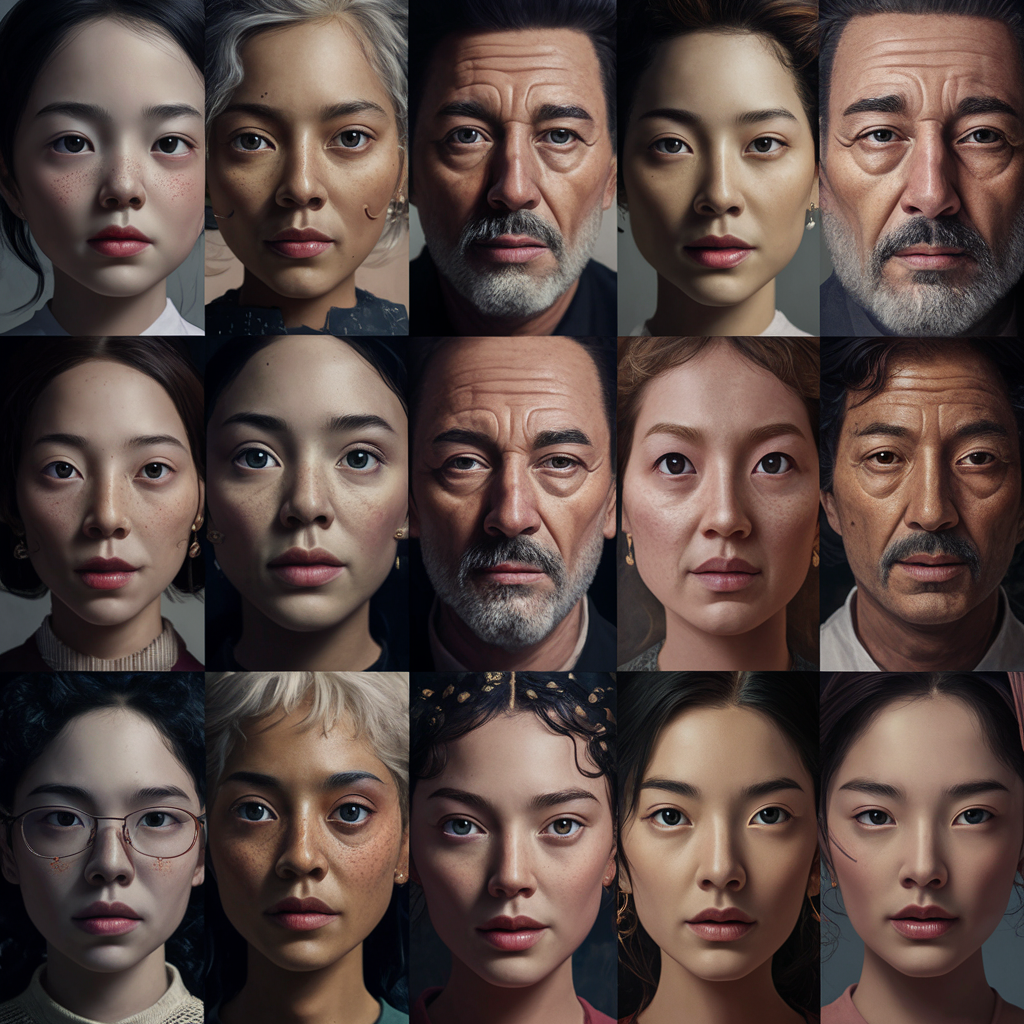Artificial Intelligence (AI) has made significant strides in various fields, but one of the most intriguing and controversial advancements is its ability to create virtual faces that are almost indistinguishable from real ones.
This development raises numerous questions about the future of AI, its societal implications, and potential ethical concerns. Tools like this person does not exist really look promising, but also questionable.
In this article, we will explore the evolution of AI-generated faces, the technology behind them, and the challenges they present.
The Evolution of AI-Generated Faces
AI’s ability to generate realistic human faces has evolved rapidly. Initially, virtual faces were rudimentary, often appearing cartoonish or robotic. However, with the advent of more sophisticated algorithms and powerful computing resources, AI-generated faces have become increasingly lifelike. This progress is largely due to advances in machine learning, particularly deep learning and Generative Adversarial Networks (GANs).
Early attempts at creating AI-generated faces involved simple models that could only produce basic features. These early models were limited in their ability to capture the complexities of human faces, often resulting in images that looked artificial.
Understanding Generative Adversarial Networks (GANs)
Generative Adversarial Networks (GANs) have revolutionized the field of AI-generated imagery. A GAN consists of two neural networks: a generator and a discriminator. The generator creates images, while the discriminator evaluates them. The two networks are trained together in a process where the generator aims to produce increasingly realistic images to deceive the discriminator, and the discriminator strives to improve its ability to distinguish between real and generated images.
GANs work by leveraging a large dataset of real images to train the generator. The generator learns to create images that mimic the real ones, while the discriminator learns to identify the subtle differences between real and generated images. This iterative process continues until the generator produces images that are virtually indistinguishable from real ones.
Breakthroughs in AI-Generated Faces
Several milestones have marked the journey of AI-generated faces. Early GAN models could create faces that were recognizable but far from perfect. However, with the introduction of more advanced architectures like StyleGAN, developed by NVIDIA, the quality of generated faces improved dramatically. StyleGAN and its successor, StyleGAN2, can produce faces with astonishing detail, capturing subtle nuances such as skin texture, hair strands, and even the glint in the eyes.
StyleGAN introduced a new level of control over the generated images, allowing researchers to manipulate various aspects of the faces, such as age, gender, and expression. This breakthrough enabled the creation of highly customizable and realistic faces, further blurring the line between real and virtual.
Applications of AI-Generated Faces
The ability to generate realistic faces has numerous applications across various industries. In entertainment, virtual actors and avatars can be used in movies, video games, and virtual reality experiences. This technology also has potential in social media, where users can create virtual personas. In marketing and advertising, AI-generated faces can be employed in campaigns, reducing the need for human models.
Virtual actors can perform stunts and scenes that would be dangerous or impossible for human actors, reducing the risk of injury and enabling more creative storytelling. In video games, AI-generated faces can create more immersive and realistic characters, enhancing the gaming experience. Social media users can create virtual versions of themselves, allowing for greater privacy and control over their online presence.
Ethical Implications and Concerns
Despite the impressive advancements, the rise of AI-generated faces brings several ethical concerns. One of the most significant issues is the potential for misuse. Deepfakes, a form of synthetic media where AI-generated faces are superimposed on real videos, can be used to create misleading or harmful content. This raises concerns about privacy, consent, and the potential for spreading misinformation.
Deepfakes can be used to create realistic but fake videos of individuals saying or doing things they never did, potentially damaging reputations and causing harm. This misuse of AI-generated faces poses a serious threat to privacy and trust in digital media.
The Role of AI in Identity Verification
As AI-generated faces become more convincing, the challenge of distinguishing between real and virtual faces intensifies. This has implications for identity verification processes, which rely on facial recognition technology. Ensuring the integrity of these systems is crucial, especially in sectors like banking, security, and border control. Researchers are working on developing methods to detect AI-generated faces, but this is a continuous arms race between creators and detectors.
Facial recognition systems must evolve to stay ahead of AI-generated faces. Techniques such as analyzing micro-expressions, eye movements, and other subtle cues can help differentiate between real and virtual faces. Additionally, combining facial recognition with other biometric data, such as voice recognition or fingerprint scanning, can enhance the accuracy and reliability of identity verification systems.
The Psychological Impact
The realism of AI-generated faces can also have psychological effects on individuals. When interacting with virtual avatars or faces, people might develop emotional connections or attachments, believing them to be real. This blurring of reality and virtuality can have profound implications on social interactions and mental health. Understanding these impacts is vital as AI continues to integrate into our daily lives.
Virtual relationships and interactions can offer benefits, such as providing companionship and support. However, they can also lead to issues such as social isolation and difficulty distinguishing between real and virtual connections.
Transparency and Regulation
Addressing the ethical and societal challenges posed by AI-generated faces requires transparency and regulation. Companies developing this technology must be transparent about its capabilities and limitations. Additionally, there should be regulations in place to prevent misuse and protect individuals’ rights. This includes implementing standards for consent and disclosure when AI-generated faces are used in media and communication.
Governments and regulatory bodies must work together to establish guidelines and frameworks for the ethical use of AI-generated faces. This includes creating policies to prevent the spread of deepfakes, ensuring transparency in AI-generated content, and protecting individuals’ privacy.
The Future of AI-Generated Faces
Looking ahead, the future of AI-generated faces is both exciting and uncertain. The technology will continue to improve, producing even more realistic and diverse faces. This will open up new possibilities in entertainment, communication, and virtual experiences. However, it is essential to balance innovation with ethical considerations, ensuring that the technology is used responsibly and for the benefit of society.
Conclusion
The advancement of AI technology in creating virtual faces that look almost as good as real ones is a testament to the incredible progress in machine learning and artificial intelligence. While this technology offers numerous opportunities and applications, it also presents significant challenges and ethical concerns.












